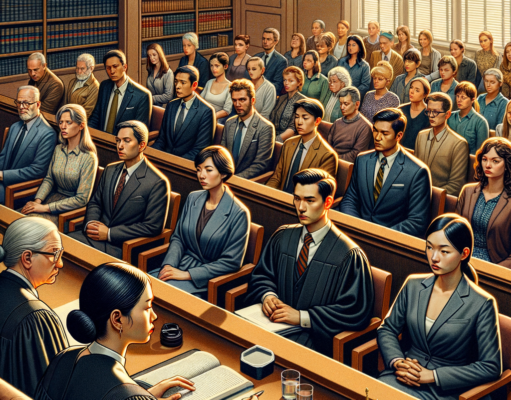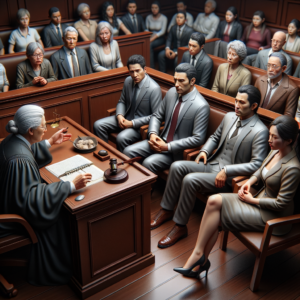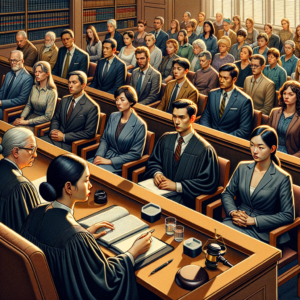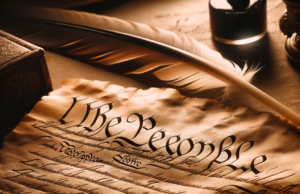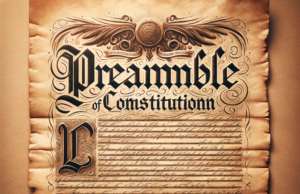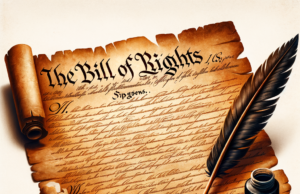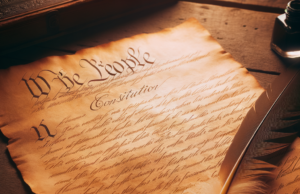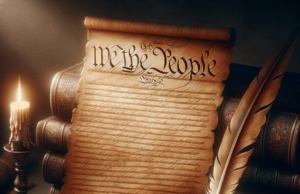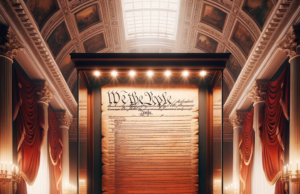Election Ordered Again: A Nation’s Democratic Process in Turmoil

In a dramatic turn of events, the nation has been ordered to hold yet another election, plunging its already tumultuous democratic process into further uncertainty. This decision comes on the heels of widespread discontent with previous electoral outcomes, raising questions about the integrity of the political system and the future of governance. As citizens grapple with the implications of repeated elections, the international community watches closely, concerned about the stability of democracy in the region.
Understanding the Context: A Brief Overview of the Nation’s Political Landscape
The political landscape of the nation has been characterized by deep divisions and escalating tensions in recent years. Following a contentious election cycle, allegations of fraud and manipulation have marred the legitimacy of the electoral process, leading to widespread protests and calls for reform. The ruling party, facing mounting pressure from opposition groups and civil society, has struggled to maintain public trust. This environment of distrust has been exacerbated by economic challenges and social unrest, creating a volatile backdrop for the announcement of yet another election.
The Implications of Repeated Elections on Democratic Stability and Governance
The decision to hold repeated elections poses significant risks to the stability of the nation’s democracy. Frequent electoral contests can lead to voter fatigue, diminishing public engagement and participation in the democratic process. Moreover, the perception of an unstable political environment may deter foreign investment and economic growth, further complicating governance. As the nation grapples with these challenges, the potential for increased polarization and conflict looms large, threatening the very foundations of democratic governance.
Key Factors Leading to the Decision for a New Election: An Analytical Perspective
Several key factors have contributed to the decision to call for a new election. First and foremost, the ruling government faced intense pressure from opposition parties and civil society organizations demanding accountability and transparency. Additionally, international observers and human rights groups have raised concerns about the fairness of previous elections, prompting calls for a more credible electoral process. The government’s inability to address these concerns effectively has led to a loss of legitimacy, making a new election a seemingly necessary step to restore public confidence and stabilize the political landscape.
Public Sentiment: How Citizens Are Responding to the Ongoing Electoral Crisis
Public sentiment regarding the ongoing electoral crisis is a complex tapestry of frustration, hope, and skepticism. Many citizens express disillusionment with the political elite, feeling that their voices have been ignored in the decision-making process. Protests have erupted in various cities, with citizens demanding not only a fair election but also broader reforms to the political system. However, there remains a segment of the population that views the new election as an opportunity for change, holding onto the hope that a fresh electoral process could lead to a more representative government and a brighter future.
International Reactions: Global Perspectives on the Nation’s Democratic Challenges
The international community has responded with a mix of concern and cautious optimism regarding the nation’s democratic challenges. Several foreign governments and international organizations have issued statements urging for a transparent and fair electoral process, emphasizing the importance of upholding democratic norms. Observers have expressed apprehension about the potential for violence and instability, while also highlighting the need for dialogue between political factions. The situation has drawn attention from global human rights organizations, which are closely monitoring developments and advocating for the protection of civil liberties during this critical period.
Looking Ahead: Potential Outcomes and the Future of Democracy in the Nation
As the nation prepares for yet another election, the potential outcomes remain uncertain. If the electoral process is conducted fairly and transparently, it could pave the way for a renewed commitment to democratic governance and stability. However, if the election is marred by the same issues that plagued previous contests, the risk of further unrest and disillusionment looms large. Ultimately, the future of democracy in the nation hinges on the ability of political leaders to engage in meaningful dialogue, address the concerns of their constituents, and foster an environment conducive to democratic participation and accountability.
In conclusion, the decision to order another election reflects the complexities and challenges facing the nation’s democratic process. As citizens navigate this turbulent political landscape, the implications of repeated elections will be felt for years to come. The path forward requires not only a commitment to fair electoral practices but also a broader engagement with the public to restore trust and confidence in the democratic system. The eyes of the world remain fixed on this nation, hopeful for a resolution that honors the principles of democracy and the will of the people.


